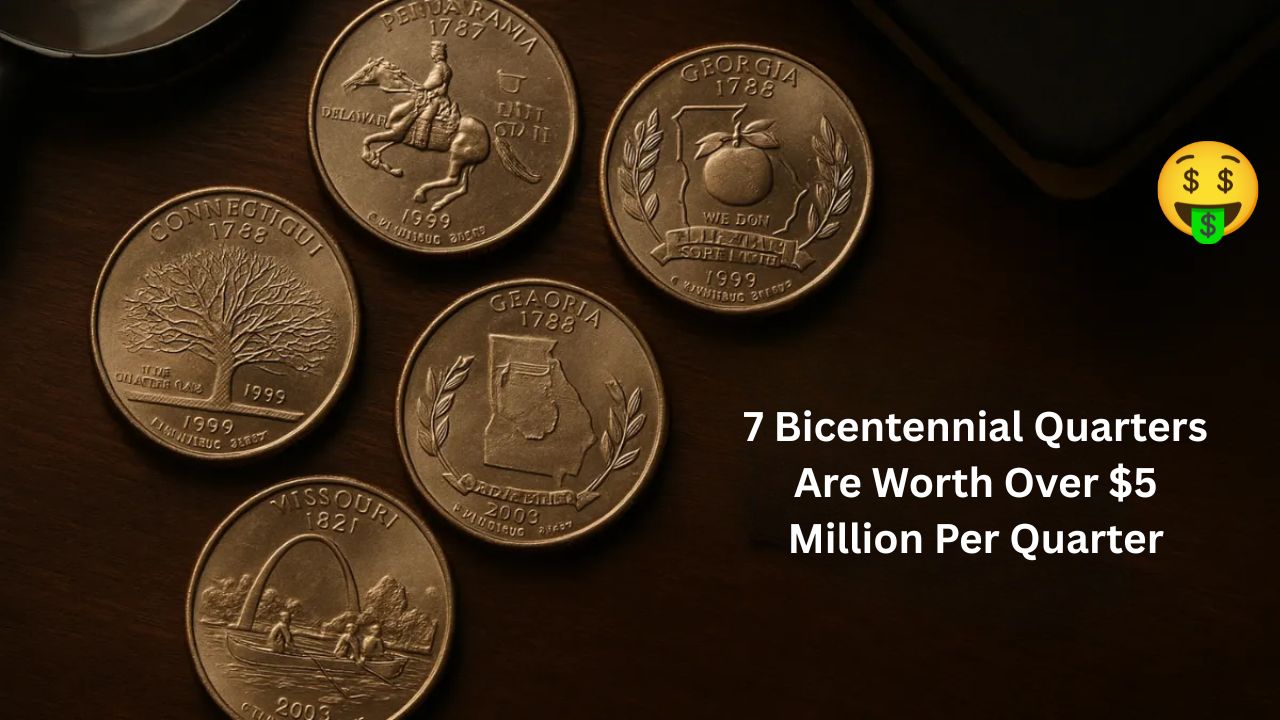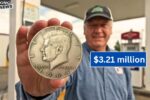Could a 1976 quarter in your change be worth over $5 million? The 1976 Bicentennial Quarter, minted to celebrate America’s 200th birthday, is common, but rumors suggest seven ultra-rare versions could fetch millions each. While no auction records confirm such high values, certain errors and silver proofs make some quarters extremely valuable. These coins might still be hiding in your wallet or coin jar. Let’s dive into what makes these quarters special and how to spot one.
The Bicentennial Quarter’s History
In 1976, the U.S. Mint released the Bicentennial Quarter to mark 200 years of independence. It shows George Washington on the front and a colonial drummer on the back, with “1776-1976” as the date. Over 1.6 billion were minted in Philadelphia (no mint mark), Denver (D), and San Francisco (S). Most are copper-nickel clad, but San Francisco made 11 million 40% silver coins for collectors. Rare errors and pristine silver proofs drive the value of some quarters sky-high.
The $5 Million Rumor
Claims of seven Bicentennial Quarters worth over $5 million each have spread online, but no solid evidence backs this up. The most valuable are likely 1976-S Silver Proof quarters in perfect condition (PR-70) or error coins like the 1976-D Doubled Die Obverse, where the front design is blurred. A top-grade silver proof might sell for $20,000 to $50,000, while doubled die errors can fetch $5,000 to $10,000. The $5 million figure seems exaggerated, possibly from unverified posts, but rare quarters still hold significant value.
Key Valuable Bicentennial Quarters
Some 1976 quarters are worth more than others due to errors or silver content. Here’s a look at the ones to hunt for:
|
Type & Year |
Key Feature |
Estimated Value |
|---|---|---|
|
1976-S Silver Proof |
40% silver, perfect condition |
Up to $50,000 |
|
1976-D Doubled Die |
Blurry design on front |
Up to $10,000 |
|
1976-S Clad Proof |
Flawless clad, San Francisco |
Up to $1,000 |
|
1976 No Mint Mark |
High-grade, pristine clad |
Up to $2,000 |
Silver proofs, heavier at 5.75 grams, and doubled die errors, with doubled text on “LIBERTY” or the date, are the most sought-after.




